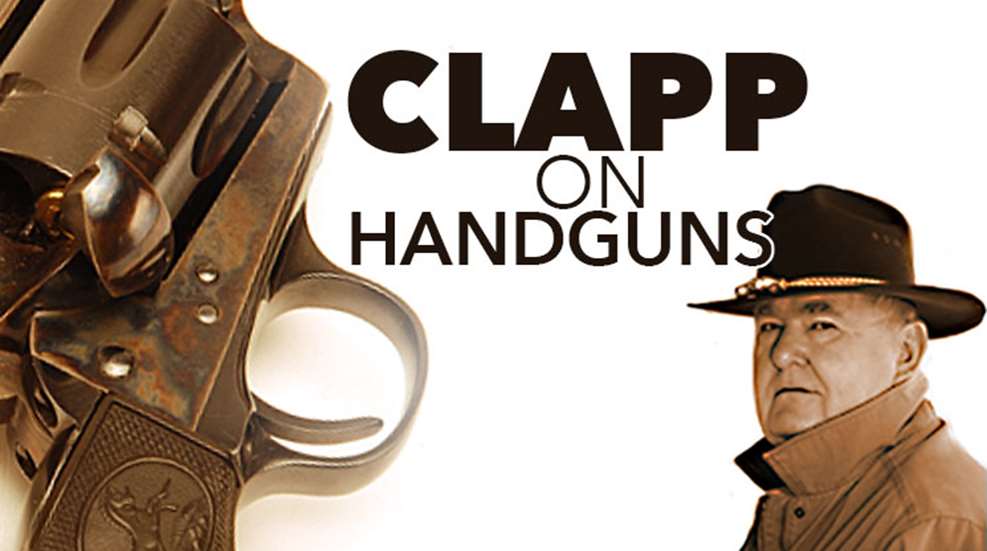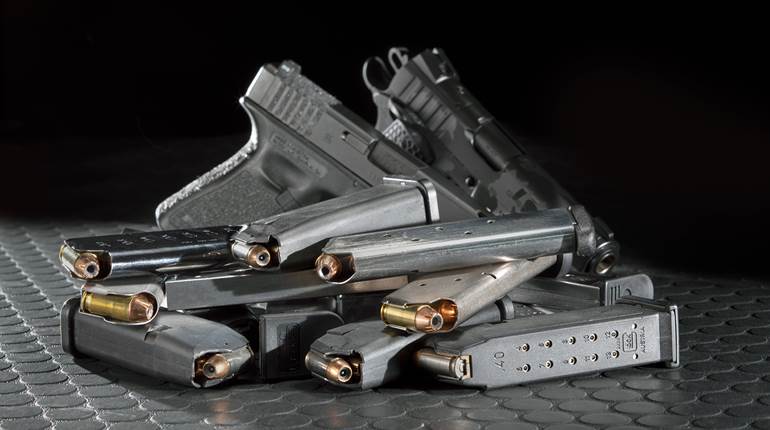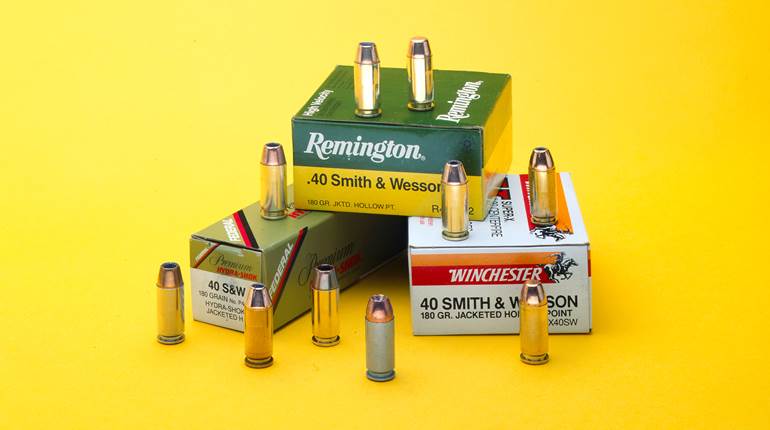
When European automatic pistols first immigrated to America in significant quantities, it was in the duffle bags and footlockers of the Greatest Generation. Like the legionnaires of ancient Rome, many GIs who fought in Europe wanted a souvenir of their service. A pistol that had recently lived in the holster of an enemy filled the bill perfectly. Lugers were the most prized handguns, but everything else the Germans and Italians used were also brought home. Since the Germans frequently kept munitions plants in occupied countries going full blast, there was great variety in their sidearms. Lugers may have been prized, but the workhorse gun came from the Walther plant and was called the P38. An innovative pistol if there ever was one, the P38 also had a feature that was all European and at odds with the Yankee way of doing things.
It was the magazine catch and it was mounted on the heel of the butt, not at the junction of the trigger guard and frontstrap. The familiar Colt had this arrangement and we were used to it. It’s true that some of the captured German armament-Luger, FN P35, etc.-also had the typical checkered button where you could easily reach it, but a great many pocket and service autos did not. Americans like to be able to drop the magazine with the shooting hand, even as the support hand reached for a spare loaded magazine. The accursed heel-mounted catch required both hands just to get the expended magazine out of the gun. As combat-style pistol shooting began to flower in the post-war era, this deficiency came to be viewed as a sort of deal breaker. When SIG Sauer brought the first P-series pistols into the country, they had the European catch. A couple of years of gripes from customers and along came SIG’s American-style guns with magazine catches aft of the trigger guard. Since then, I cannot recall a recent new service model imported from Europe, or made here, that has a heel-mounted catch.
In similar fashion, when a maker introduced a carefully engineered magazine catch that worked from either side, it immediately obsoleted every other gun. If my memory serves me correctly (and sometimes it doesn’t), the first gun to have it was the Walther P88. At present, there are a number of excellent pistols-foreign and domestic-that have ambidextrous magazine catches. Some of them also have safeties and slide locks on both sides. I don’t know exactly what you would call all of this, but it may be simply following the style trends. I think that it’s really progress.





































